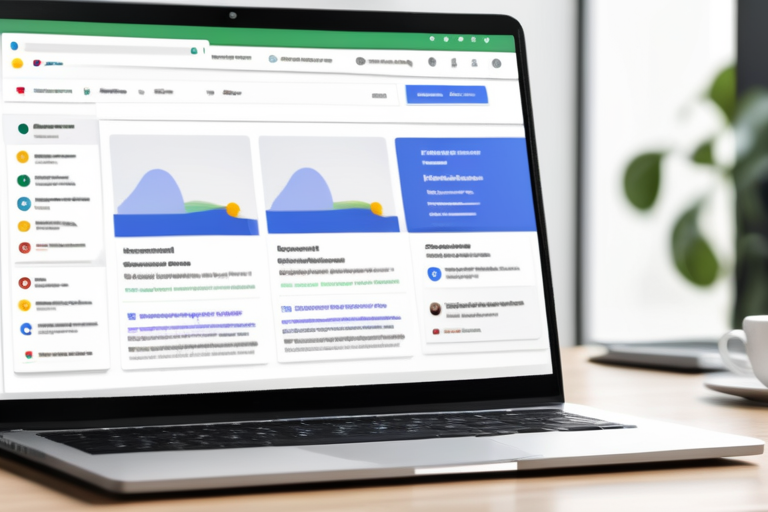Boosting Ad Visibility with Google Ads' New Policy

Introduction to Google Ads Changes
Google Ads has introduced a significant change to how ads are displayed on the search results page. This update allows high-performing ads to appear at both the top and bottom of the page, increasing their visibility and potential for engagement.
Understanding the New Policy
The new policy is a departure from the previous rule where only one ad from a single advertiser could show on a search results page. With this change, advertisers can now have multiple ads displayed on the same page if they meet Google’s relevance standards. This means that high-performing ads can appear at both the top and bottom of the results page, provided they are relevant to the user’s search query.
The Impact on Advertisers
This change offers new opportunities for advertisers to increase their presence on the search results page. By appearing at both the top and bottom, advertisers can potentially double their visibility and engagement. However, it’s crucial to understand that this doesn’t mean a free-for-all. Ads still need to meet relevance thresholds, and bottom-of-page placements won’t show up by default; they must earn their spot based on performance.
Why It Matters
The impact of this change is substantial, with Google reporting an increase in the presence of relevant ads by 10% and a lift in conversions from bottom-of-page placements by 14%. This indicates that users are not just seeing more ads but also interacting with them more, which can lead to better conversion rates for advertisers.
How it Affects Advertisers
For advertisers, this change introduces new levers to pull. However, leveraging these opportunities requires a strategic approach. Key actions include monitoring impression share by position, watching for changes in click-through rate (CTR) and conversion rate, and revisiting Quality Score drivers. Layering in automation can help adjust bids automatically to take advantage of new placement opportunities, but it’s essential to regularly review placement data to ensure alignment with business goals.
Does This Conflict with Google’s Unfair Advantage Policy?
The introduction of this policy might raise questions about its compatibility with Google’s Unfair Advantage policy, which bars advertisers from “double serving” to a single ad location. However, the new update doesn’t violate this principle because top and bottom placements run in separate auctions. This means an advertiser’s ad isn’t competing against itself in the same auction; rather, it’s earning placement in two different areas of the page based on relevance.
Practical Advice for Advertisers
To make the most of this change, advertisers should focus on creating high-quality ads that meet Google’s relevance standards. Monitoring performance data closely is crucial, as is refining copy and assets to align with what works best. It’s also important to look beyond vanity metrics like click volume and instead focus on leads, sales, or other business outcomes that indicate real value.
Actionable Insights
- Monitor Performance Data: Keep a close eye on how your ads are performing at different positions.
- Refine Copy and Assets: Ensure your ad copy and landing page experience are optimized for user engagement.
- Focus on Business Outcomes: Prioritize metrics that reflect real business value over mere click volume.
Key Takeaways
The Google Ads update signifies a shift towards improving the experience for both users and advertisers. By allowing high-performing ads to appear at both the top and bottom of the search results page, Google aims to increase ad relevance and user engagement. Advertisers must adapt their strategies to leverage this change effectively, focusing on quality, relevance, and real business outcomes.

 Never miss an update from us, subscribe to our newsletter
Never miss an update from us, subscribe to our newsletter